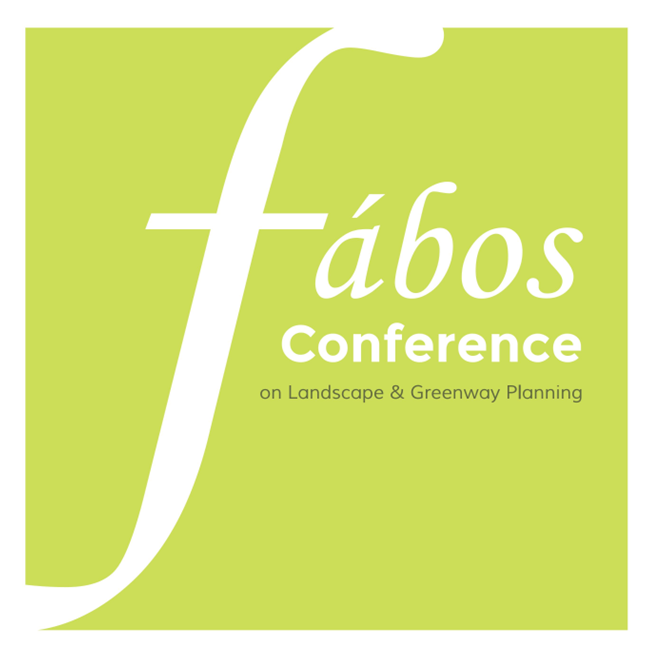A Greenway Network Vision for Metro Boston
- Peter G Furth (Northeastern University, Department of Civil & Environmental Engineering)
- David Loutzenheiser (Metropolitan Area Planning Council)
- Steven Miller (Harvard University, School of Public Health)
- Peyman Noursalehi (Northeastern University, Department of Civil & Environmental Engineering)
Abstract
Urban greenways are attractive for walking and especially for bicycling because they offer a pleasant and near-traffic-free environment in an area with high population density and rich with destinations. Unfortunately, urban greenways are often not connected to one another, requiring cyclists to negotiate heavy traffic getting from one greenway to another and thus diminishing their utility. In the Boston region, a planning and visioning effort is underway to promote the vision of a network of connected greenways offering continuous pleasant, low-stress routes by bicycle or by foot between origins and destinations across the urban area. The network plan emphasizes both connecting existing greenways and creating new greenways. Opportunities for new greenway corridors are described, including radical road diets that remove two lanes from overly-wide roads in order to create parkland strips that can host a shared use path.
Greenway network planning involves balancing the desire to increase the network’s reach and connectivity by adding segments against the need to preserve the integrity of the “greenway” brand. We show that using strict criteria that emphasize low traffic stress, an extensive and dense greenway network is feasible using creative engineering solutions such as road diets and cycle tracks. Evaluation measures examine the quality, reach, geographic distribution, and connectivity of the network.
Keywords: greenways, network, boston, metro, massachusetts, vision
How to Cite:
Furth, P. G., Loutzenheiser, D., Miller, S. & Noursalehi, P., (2013) “A Greenway Network Vision for Metro Boston”, Fábos Conference on Landscape and Greenway Planning 4(1). doi: https://doi.org/10.7275/fabos.781
Downloads:
Download PDF
197 Views
65 Downloads
